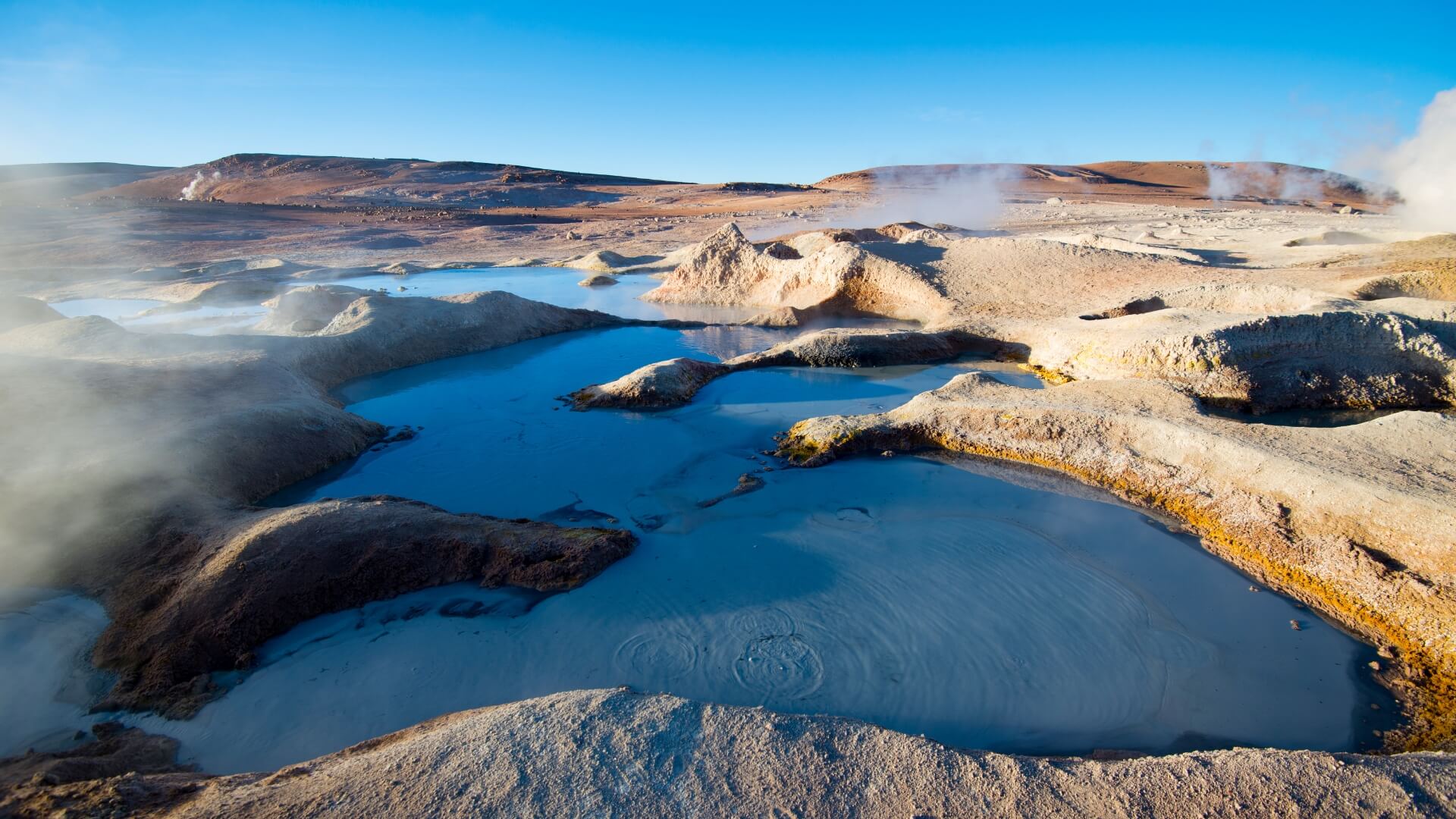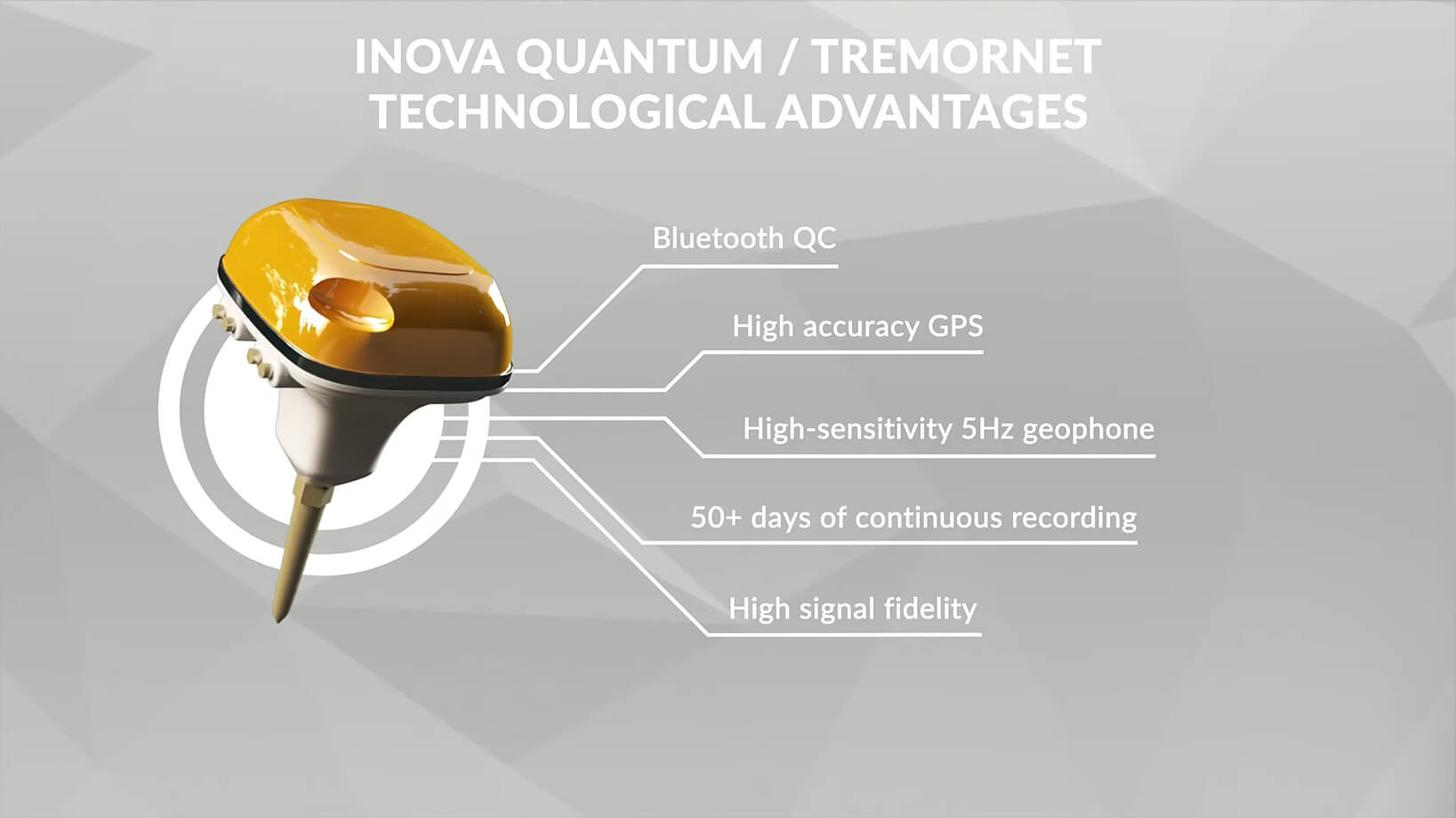Geothermal Energy
All over the world, we observe the growing importance of renewable energy sources
Renewable energy can be an important part of the energy mix. Geothermal resources can be a reliable source of energy as well as an ecological alternative to fossil fuels such as coal.
The level of sustainable production of geothermal resources increases with the development of exploration methods. A thorough understanding of the geology of the study area and how it fits into the surrounding regional geological and tectonic environment is critical to understanding a given geothermal system. The exploration phase of the geothermal investment is aimed at locating geothermal reservoirs and selecting the best locations for drilling production wells.
Exploration of geothermal deposits is associated with a significant risk resulting from the ignorance of the deep geological structure. Therefore, the key element of any geothermal investment is the proper location of the geothermal installation, which would guarantee appropriate hydrogeothermal parameters of the water intake. Seismic surveys are the most effective method of exploring geothermal water deposits. It focuses on the most promising areas, with the primary goal of understanding the permeability pathways that move thermal fluids from their deep source to the shallower parts of the system, where they can be economically exploited for energy production. Geophysical studies help significantly increase understanding of stratigraphy, structure and heat flow. Seismic methods rely on elastic waves that change their velocities as they pass through different types of rock and are refracted or reflected at discontinuities within or between formations. Seismic surveys provide information on formation density, porosity and texture as well as boundaries and discontinuities and fluid-filled zones, and thus even temperature.
An important advantage of seismic surveys is that they support the selection of the optimal location of a geothermal investment and the determination of the geometry of the geothermal aquifer, including a significant reduction in the estimation error of the temperature of the groundwater reservoir.
Seismic surveys are not the only method required for a successful geothermal program. During drilling, when wellbore temperatures are severely affected by the circulation of drilling mud and the injection of cold water into the wellbore, geophysical measurements help determine reservoir temperature and pressure, as well as valuable information on the location of aquifers and their relative size.

